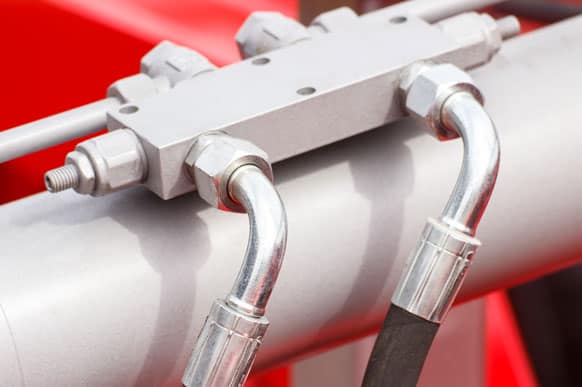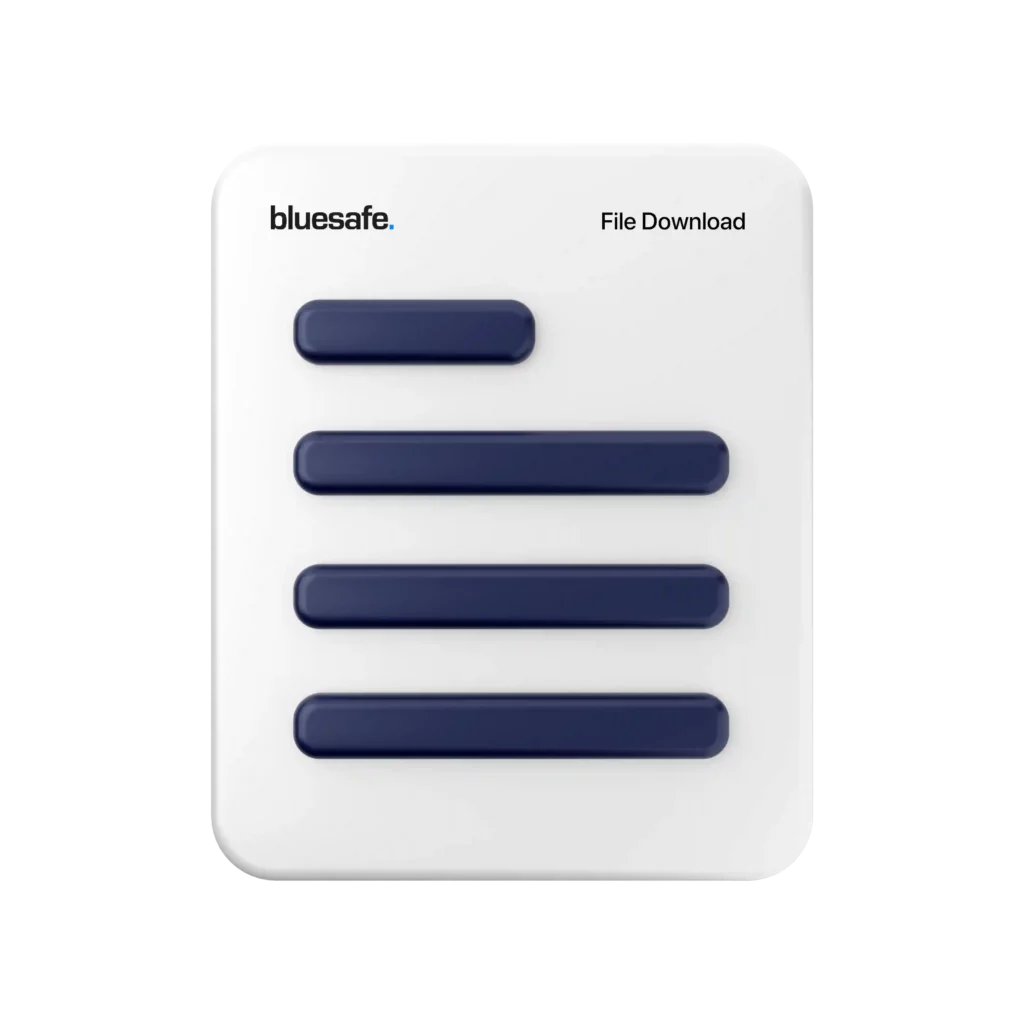First and foremost, let’s talk about the dangers. Hydraulic hose assemblies can be under extreme pressure, sometimes up to 10,000 PSI or more. That means that if a hose assembly fails, the results can be catastrophic. High-pressure hydraulic fluid can cause serious injury or even death, so it’s important to take the necessary precautions to prevent accidents from happening.
One of the biggest dangers associated with hydraulic hose assemblies is improper installation. If a hose is not installed correctly, it can lead to a failure and the release of high-pressure fluid. This can happen if the hose is not tightened properly, if the fittings are not aligned correctly, or if the hose is not cut to the right length. To avoid these issues, it’s important to follow the manufacturer’s instructions carefully and to double-check your work before starting up any hydraulic equipment.
Another danger associated with hydraulic hose assemblies is abrasion. Hoses can rub against other surfaces or components, causing them to wear down over time. This can lead to leaks or even a complete failure of the hose assembly. To prevent abrasion, it’s important to use protective sleeves or guards where necessary, and to make sure that hoses are properly routed and secured.
A third danger associated with hydraulic hose assemblies is contamination. If dirt or debris gets into the hydraulic fluid, it can cause damage to the system or lead to a failure of the hose assembly. To prevent contamination, it’s important to keep the work area clean and to use proper procedures for filling and draining hydraulic systems.
So now that we’ve talked about some of the dangers associated with hydraulic hose assemblies, let’s move on to some safety recommendations to help keep you safe on the job.
First and foremost, always wear the appropriate personal protective equipment (PPE). This includes safety glasses, gloves, and a face shield if necessary. In addition, make sure that you are wearing appropriate clothing that covers your skin and protects you from any potential spills or splashes.
Second, always follow the manufacturer’s instructions when installing or working with hydraulic hose assemblies. This includes using the correct tools, fittings, and hoses, as well as following the recommended torque values for tightening fittings.
Third, always inspect hydraulic hoses and fittings before each use. Look for signs of wear or damage, and replace any components that are showing signs of wear or damage. In addition, make sure that hoses are properly routed and secured to prevent abrasion.
Fourth, use protective sleeves or guards where necessary to prevent abrasion or damage to hoses. These sleeves can be made of materials such as nylon or rubber, and can help to extend the life of your hoses and prevent failures.
Fifth, always use clean hydraulic fluid and make sure that you are using the correct type of fluid for your system. This will help to prevent contamination and damage to your hoses and other components.
Finally, always use caution when working with hydraulic hose assemblies. Be aware of the potential dangers and take steps to prevent accidents from happening. If you are unsure about something or if you need help, don’t hesitate to ask for assistance from a qualified professional.
In conclusion, hydraulic hose assemblies can be dangerous if not handled properly, but by following the safety recommendations outlined above, you can help to prevent accidents and stay safe on the job. Always remember to wear the appropriate PPE, follow the manufacturer’s instructions, inspect hoses and fittings.
Cheers,

![]()






